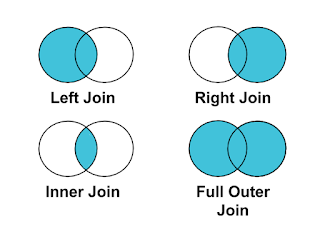How to create rounded bar chart & lolipop chart in Tableau?
Does your data visualizations are getting mundane? Have you ever wondered why? It can be due to several reasons but the primary reason is using the same graphs and visualization every time. In today's blog, we will look at different options of visualizing bar graphs i.e. rounded bar graphs. If you want to replace bar graphs then a round bar chart is a better option. A round or curved bar chart is quite similar to a basic bar graph but the former uses curve area instead of rectangles.
Most data visualization and infographics are using it instead of bar graphs but many experts suggested that curved or round bar graphs can be baffling and imprecise in nature. A curved bar chart has only one dimension i.e. height which is the sole reason for making it complex to read by users. In my opinion, such sort of visualization improves the dashboard and makes it more dynamic in nature. Let's see how to create a curved bar chart in Tableau Public. To create it I am taking the Global Sample Superstore into account.
To start off I am taking the subcategories and sales in columns and rows respectively. It will result in a basic bar chart and we will order it in descending manner.
To get the curve bar chart you need to take the measured values into the column and need to remove the sales from there. At the start you can see under the measured values tab you have selected all measured values. You need to remove all values and only keep the sum of sales along with it add sum(0). Sum(0) will provide a reference line.
At marks, we need to select line instead of automatic and add the measure names to the path and you will get the curved bar chart. You can format it according to your needs. Let's take a step ahead of the curved bar chart and create a Lollipop chart.
As the name suggests it looks like a lollipop with a bar and dot at the end. It is widely used to compare different categories but it can be ineffective when you are using it for distribution. To create it we need to take the subcategory and sales into columns and rows. You will get a basic bar chart. In the marks tab, you need to change the graph from automatic to circle.
You will get circles instead of a bar chart and you need to provide a reference line which eventually leads to a lollipop chart. We need to take the measured values in columns along with the sales. Now add SUM(0) in measured values which will provide a reference line. Keep only the SUM(0) and the sum of sales in measured values. Lastly, you need to change the nature of the graph for measured values to the line.
Lollipop charts are widely used when you need to compare almost similar values in large numbers. If you use a normal bar chart for this purpose then you will get perplexing results. The lollipop chart provides more clear picture in this scenario and is more attractive in nature.








Comments
Post a Comment